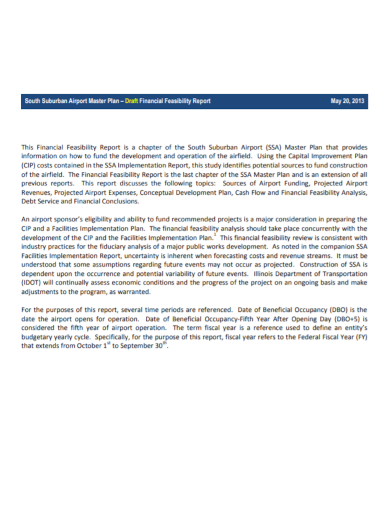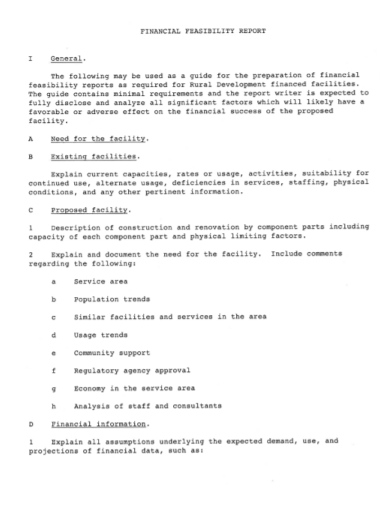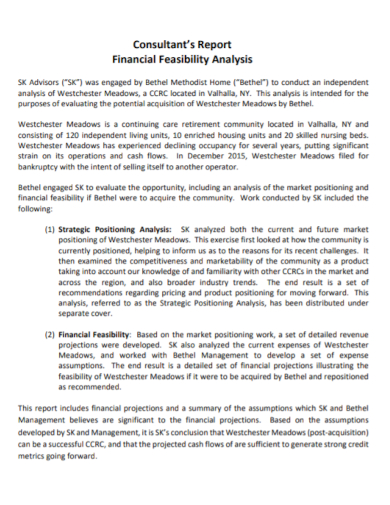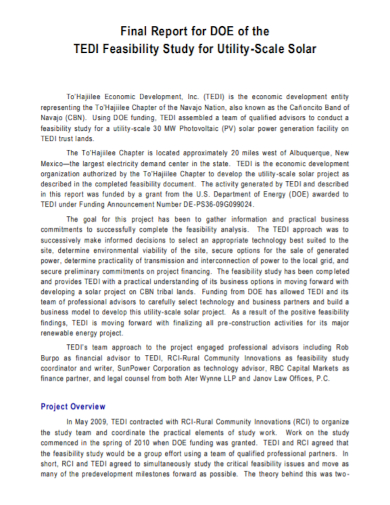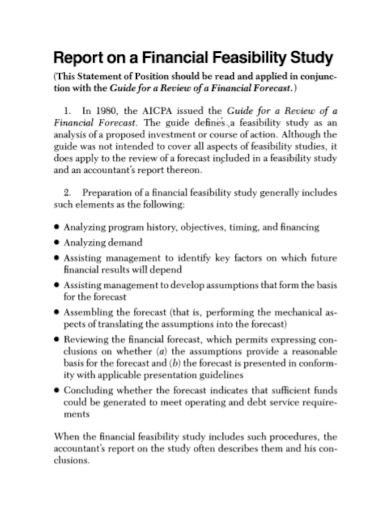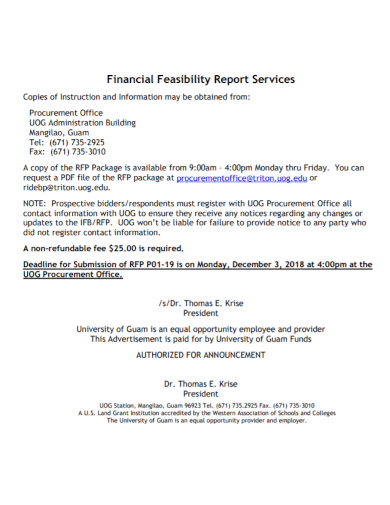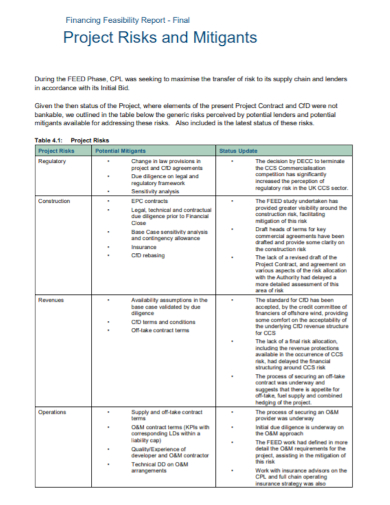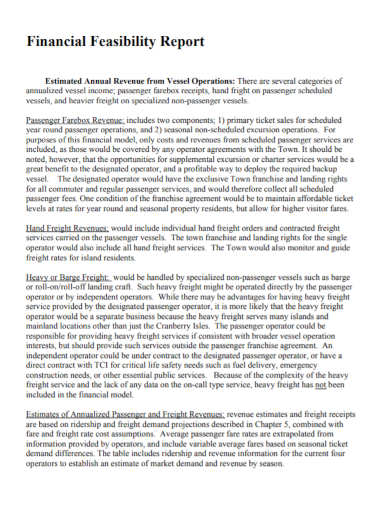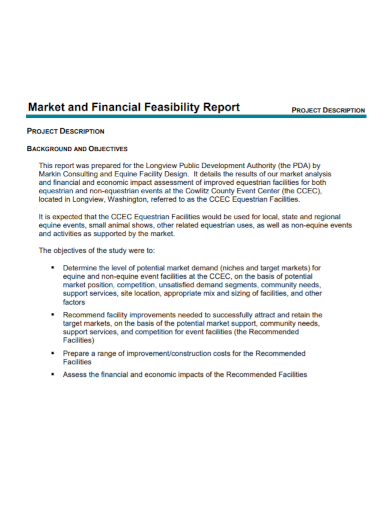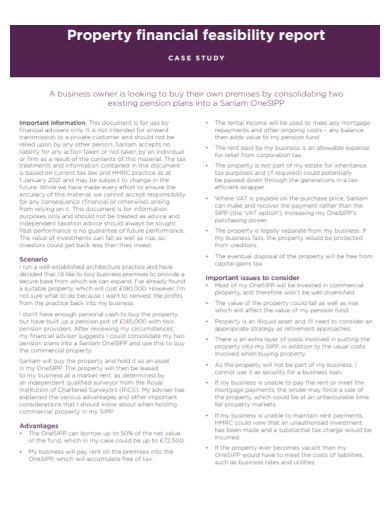Finance broadly describes the study and system of money, investments, and other instruments that deal with finances. Finances play a very important role, especially in the corporate industry. It dictates how a business operates, its current status, and whether or not new projects can be developed. When developers have a new project in mind, they mainly conduct a project feasibility study to determine its overall viability. However, this requires a complete feasibility study that would examine the market, technical and production issues, economic factors and the preparation of financial analysis.
A complete feasibility study identifies the positive and negative factors before investing time and resources on a project. And although project feasibility reports cover most if not all of the things in a project, finances are another thing. Most businesses design a financial feasibility report alongside the project feasibility study. To further support the decision whether or not the project is viable.
Finances can be construed as an entity of its own. It has its own factors to be considered especially the most monetary and budget aspects of the project. Most of the time, constructing a financial feasibility report may be quite challenging, especially when it relies on ever changing data regarding expenses, revenues, and investments. It is quite daunting, but don’t fret, check out these financial feasibility reports listed below to help you design a factual, comprehensive, and effective financial feasibility report.
10+ Financial Feasibility Report Samples
1. Financial Feasibility Report
2. Sample Financial Feasibility Report
3. Financial Feasibility Study Report
4. Consultant Financial Feasibility Analysis Report
5. Financial Feasibility Final Report
6. Report of Financial Feasibility Study
7. Financial Services Feasibility Report
8. Financial Feasibility Project Report
9. Financial Operations Feasibility Report
10. Market Financial Feasibility Report
11. Property Financial Feasibility Report
What Is a Financial Feasibility Report?
A financial feasibility report assesses the financial aspects of a project, investment, new business ventures and the like. It considers a lot of factors including the capital, expenses, revenues, income of investors, and disbursements to create a more comprehensive report.
Financial feasibility studies answer the question; Will the project or business have enough cash to complete the project and generate a profit? This is a bottom line for any business out there, it has to know whether or not it can sustain itself, pay its employees, and still generate enough revenue to make a profit. Overall, a feasibility study such as this is developed for a company or business that wants to understand their financial capabilities, and decide if they have the capital they need to procure to ensure the success of their project.
How to Write a Financial Feasibility Report
Writing a financial feasibility report is good business practice, especially for companies who want to continuously grow and expand. Having the knowledge readily available to make an educated decision about a project’s viability is really important. Its hard to imagine a successful company raising millions of dollars worth of revenue and have never made such a report. The results of this kind of study determines the possible financial projection rates of a proposed project and whether it is financially possible. Preparing a financial feasibility report consists of three main parts. Let’s investigate these parts in detail below.
1. Determine startup costs
Identifying the startup costs of the project in the first step in developing a financial feasibility report. Typical startup costs like purchases of land or infrastructures, acquiring equipment, licenses and permits, leases, legal and accounting fees, furniture and supplies, research, marketing, insurance, and other utilities. Most of these are one-tie expenses but they still need to be funded immediately, even before the business kicks off.
2. Profit and cash flow projections
Sales, expenses, and cash flow have to be projected and analyzed next. It helps determine whether the proposed project will be financially viable or not. These projections include sales, costs of production and services, and expenses for operation. It also covers the funds needed for startup and identifies where the budget will come from. This section will also explain the negative cash flows, if there is any, and provide how these deficits will be covered, and pinpoints the need for additional funding if need be, especially if internal cash flow generation isn’t sufficient.
3. Determine return on invested capital
After projecting cash flows, these data will be used to determine the financial feasibility of the project. It assesses the attractiveness of the project to equity investors and the overall return of the project. There are several common methods to estimate the financial feasibility of a proposed venture such as the Net Present Value Method, Internal Rate of Return or the IRR method, and the Payback Period method.
FAQs
What are the four types of feasibility?
The four types of feasibility are operational, economic, technical, and schedule.
What is the importance of financial feasibility?
This feasibility report looks at how a proposed project can work on a long-term basis or endure financial risks should they arise. It also recognizes cash flow, and helps planners focus on the project itself without worrying about the overall finances.
What is the difference between possible and feasible?
Feasible means “possible given the circumstance and available means”. A solution might be possible at first glace, but has not been analyzed thoroughly and sufficiently.
A financial feasibility study should be developed in the earliest stages of the project to determine the economic viability of the project. It is vital before proceeding to the preparation because you don’t want to encounter any financial issues in the middle of the development. It is best to be prepared that jumping into a venture only to discover that you don’t have enough budget to move forward, and/or that the project yields little to no revenue at all.
Related Posts
Sample Security Incident Reports
Trip Report Samples & Templates
Sample Book Report Templates
Sample Chemistry Lab Reports
School Accomplishment Report Samples & Templates
Field Report Samples & Templates
Business Report Samples & Templates
Survey Reports Samples & Templates
Sample Feasibility Reports
Psychological Assessment Report Samples [ Clinical, Child, Intake ]
Report Format Samples & Templates
Acknowledgement for Internship Report Samples [ Hotel, Hospital, Teaching ]
Field Trip Report Samples [ Agriculture, Educational, Environmental ]
Student Counseling Report Samples
Narrative Accomplishment Report Samples [ Science, Teacher, Reading ]

